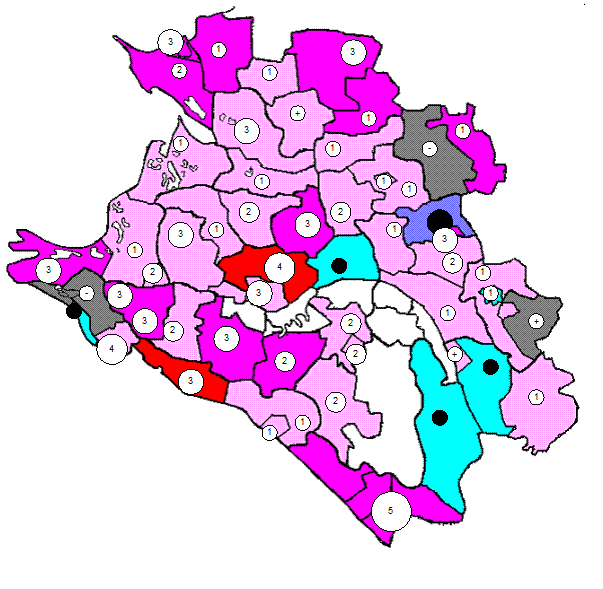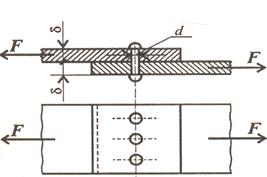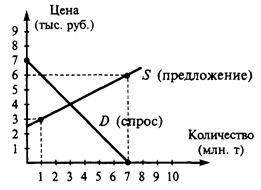FOUNDATIONS
The foundation is the part of the construction where the base of the building meets the ground. Foundations are usually placed below ground level because the surrounding ground provides: stability, protection against impact, protection from the extremes of weather such as excessive rain or drought. Although the depth will vary according to the conditions on site, the best load-bearing ground is normally 900 mm below the surface. The choice of foundation depends on: a) the strength of the natural foundation; b) the weight of the building and its loads. Foundations are divided into two types: 1. The natural foundation. This is the ground underneath the base of the building after the excavations are completed; 2. The artificial foundation. This is the structure that lies between the building and the natural foundation. An artificial foundation transfers the loads from the building to the ground. This prevents settlement or building movement, which might cause instability and endanger the occupants. The following building loads place the most pressure at the bottom of the building, where the artificial foundation is located (Figure 8.2): i. Dead loads. These are the weights of all the fixed parts of the building such as the walls, floors, roofs, ceilings and services such as sanitary fittings and plumbing; ii. Superimposed or live loads. These are the weights of the people, furniture and machines that will occupy the building after the completion; iii. Wind loads. These are the pressures on the walls and roof from the wind. The pressure from wind loads on foundations is more important in tall buildings. The artificial foundation lies between the natural foundation and the building. Its purpose is to: transfer the building loads to the soil and spread the load evenly across soil that can support the load. When choosing the correct type of artificial foundation the following conditions should be considered: 1. the load-bearing capability of the ground; 2. the depth where the suitable load-bearing soil can be founded; 3. the distance from trees which can affect the stability of the soil; 4. the level of the water table; 5. the normal variation in the water table; 6. the total weight of the building. If the building is heavier than the soil that was removed, then there will be some settlement as the soil adjusts to the new load. Although concrete is the preferred material for the construction of the artificial foundations, the form will depend on the specific conditions of the building and environment.
Figure 8.2 Loads on natural and artificial foundations
Types of Foundation Many small buildings are constructed with load-bearing walls on strip foundations. But you may find out that the soil requires alternative types of foundation which are: - concrete strip foundation; - deep strip foundation; - raft foundation; - piled foundation; - pad foundation; - stepped strip foundation.
5 Read the text again and answer the questions that follow (1-5): 1. Give the definition of the term “foundation”. 2. What building loads does artificial foundation carry? 3. What is the purpose of artificial foundation? 4. What are the principle conditions when choosing the correct type of a foundation? 5. What types of foundations have you read about? Follow-up 6 a) Find the synonyms for the following words: foundation, to be placed, protection, excessive, to be completed, natural, artificial, settlement, to occupy, to cause, purpose, to support, to transfer, to be considered, environment, to be constructed, to require.
|





